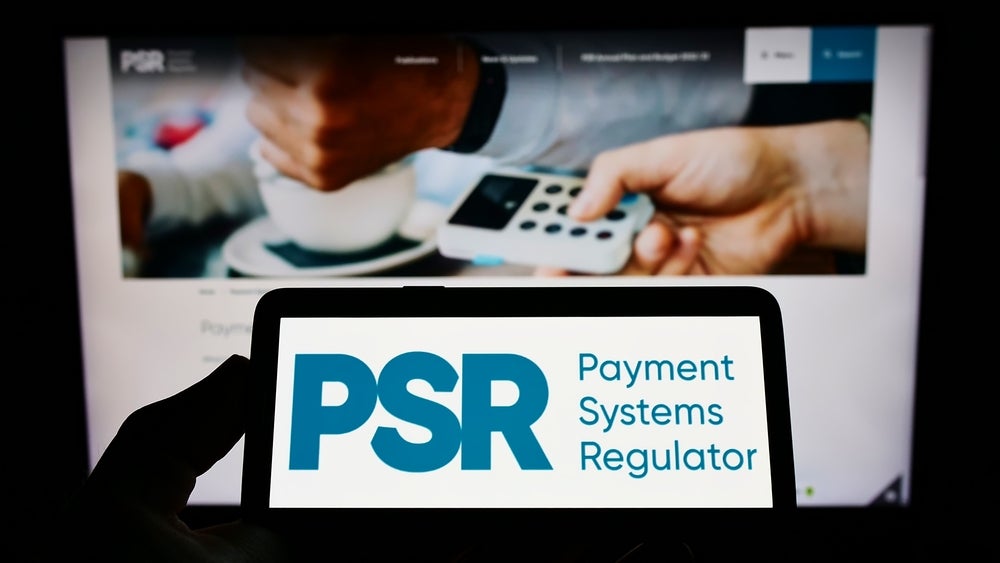The Payment Systems Regulator (PSR) has published its Annual Report and Accounts for 2023-24, marking a year of significant progress that brings wide-ranging benefits to everyone who relies on payment systems, including the retail sector.
The PSR is the UK's independent regulator for payment systems. It is part of the Financial Conduct Authority, but it operates independently with its own goals and management.
Payments continue to play a crucial role in the UK economy, serving as the backbone of daily transactions across all industries, especially retail.
As we look to the future, the PSR emphasises that we can expect further innovation in payment systems, tailored to meet the evolving demands of users while staying aligned with global developments.
This is great news for retailers, who need robust and adaptable payment solutions to remain competitive in an increasingly digital marketplace.
The PSR has had one of its most active years of delivery, working to implement its long-term strategy. Its focus remains on three priority areas that directly impact the retail industry: protection, innovation, and competition.
Protection
For retailers, security is a top priority.
The PSR has continued to strengthen the protection frameworks within payment systems, ensuring that businesses and consumers are safeguarded against fraud and other risks.
These efforts will build trust in payment systems and offer greater peace of mind for retailers and their customers alike.
Innovation
As the retail industry continues to evolve, so do payment technologies.
The PSR has been a driving force behind innovation, encouraging new solutions that make payment processes faster, more efficient, and more flexible.
Retailers can look forward to cutting-edge payment systems that accommodate new shopping behaviours such as contactless and mobile payments, enhancing the customer experience.
Competition
Competition within the payments sector benefits retailers by driving down costs and increasing the variety of payment options available.
The PSR has remained committed to promoting a competitive landscape, ensuring that retailers can access affordable and effective payment solutions.
This also fosters innovation by encouraging new entrants to the market, giving retailers more choices for how they accept payments.
As the payments landscape continues to evolve, retailers stand to benefit from the PSR’s ongoing efforts to create a safe, innovative, and competitive environment for payment systems.















